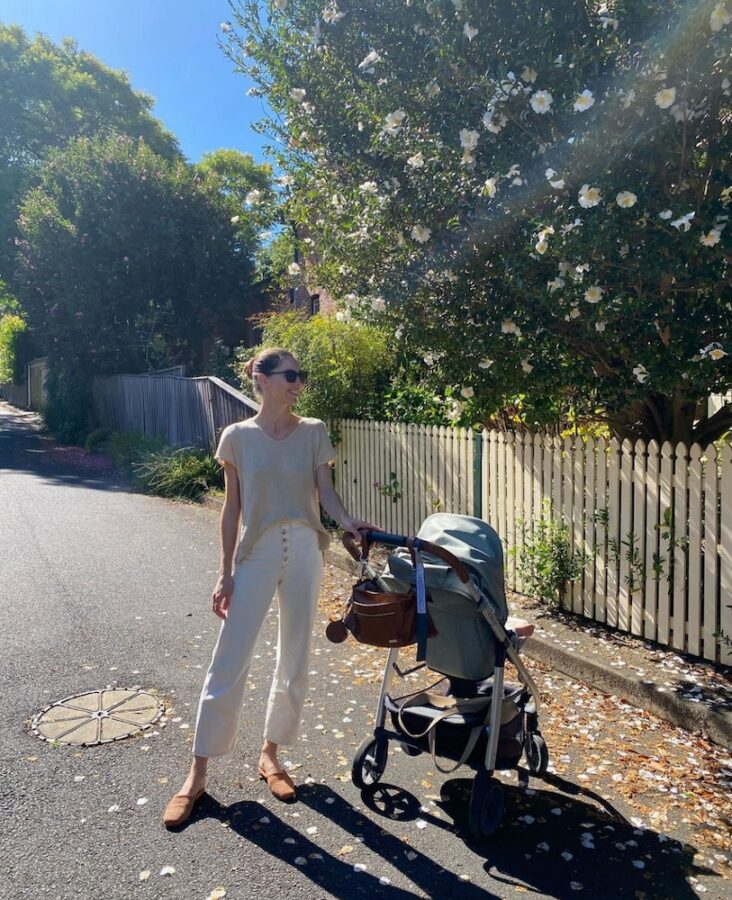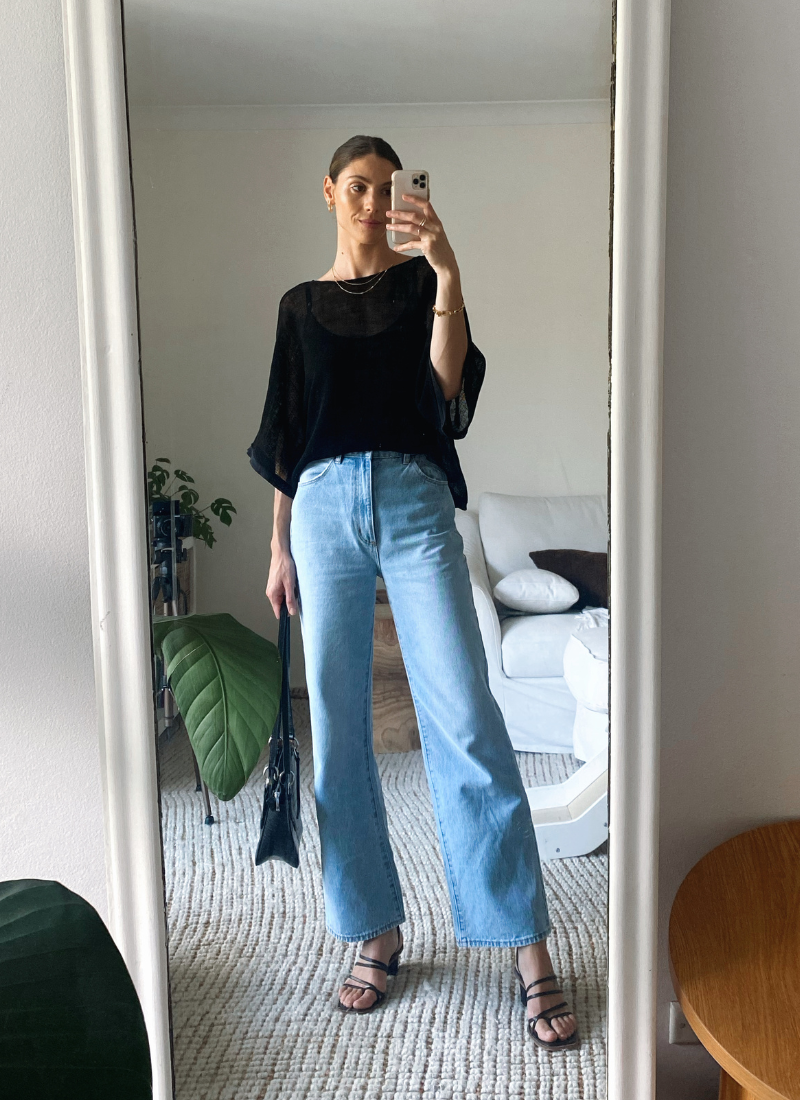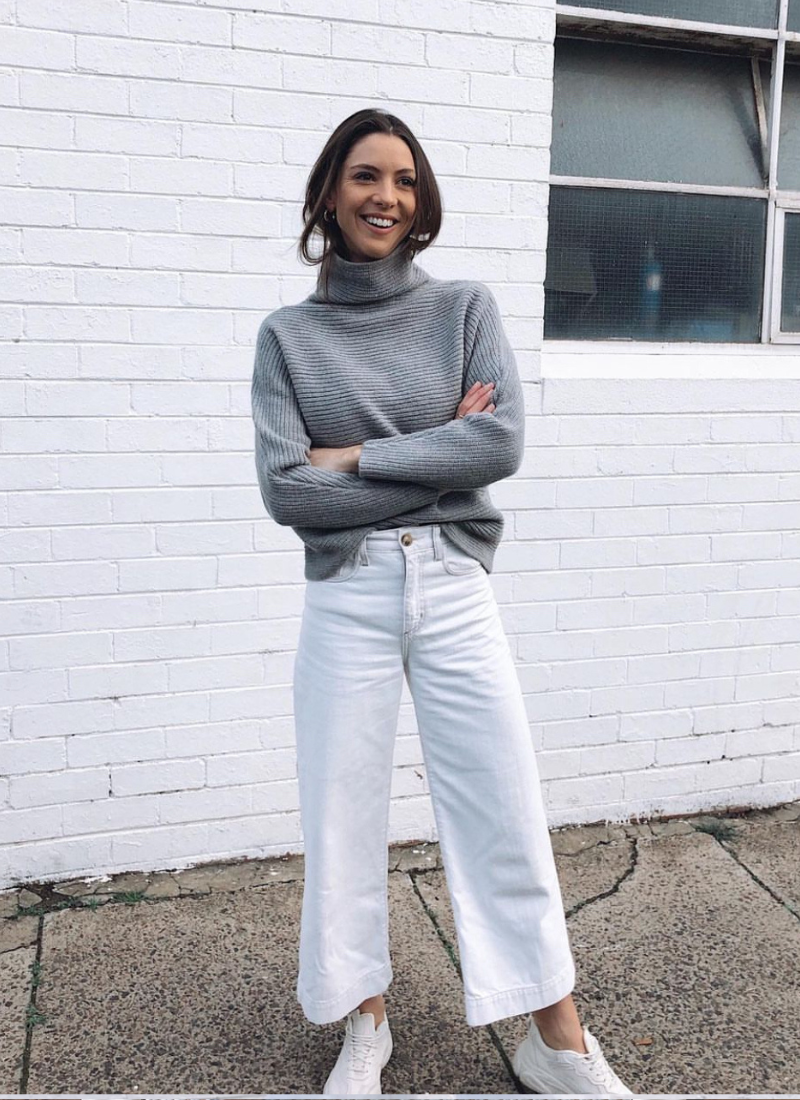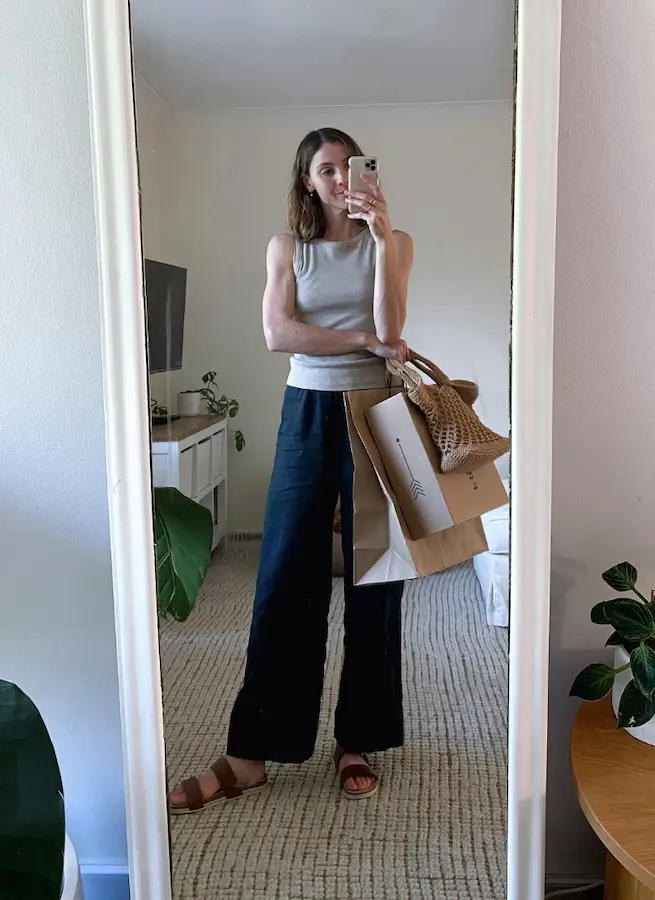We’ve all heard the saying, “By failing to prepare, you are preparing to fail.” This couldn’t be more true when it comes to curating your dream wardrobe. Crafting a wardrobe you love requires a clear, intentional plan, and today, I’m excited to share a simple 3-step process to help you get started.
How to Create a Thoughtful Wardrobe Plan in 3 Simple Steps
1. Gather Inspiration
One of the first and most enjoyable steps in curating your wardrobe is gathering inspiration. Sometimes, outfit ideas flow easily, while other times, we need a bit of external influence. This is where mood boards come in handy.
Creating a seasonal wardrobe plan becomes much easier when you start with a visual guide, like a Pinterest mood board. This can include anything from outfit ideas to colour palettes, artwork, or even photographs that evoke a certain aesthetic. The key is to allow yourself to be inspired without overthinking. Pin anything that catches your eye—just keep your lifestyle in the back of your mind as you do this (more on that in a minute).
Here’s how to get started:
- Open a new Pinterest board and start searching for outfits for pieces similar to what you already own. For instance, search “cropped cream jacket outfits” or “wide-leg black trousers outfits.”
- Once you’ve pinned a good number of images, take a step back and assess your board. What patterns emerge? Do certain colours or silhouettes stand out? Are there items that don’t resonate with you anymore? Trim your board so that it truly reflects your current style vision.
While doing this, resist the urge to impulsively shop. Instead, note down any items you’re tempted to buy on a separate list. This will become your wardrobe wishlist, which will help you stay intentional with your style going forward.
2. Assess Your Lifestyle
Next, it’s time to assess your lifestyle, which is crucial for building a wardrobe that works for you day in and day out. Our lives evolve—whether due to changes in jobs, location, family dynamics, or even hobbies—and our wardrobes should adapt accordingly. However, your entire style doesn’t need to shift when your lifestyle changes; instead, your wardrobe needs to reflect those changes in practical ways.
Start by reflecting on your daily activities and the environments you frequent. Do you spend most of your time at a 9-to-5 job? Are you running errands or chasing after kids (like me)? Make a list of your regular activities, and then another for the less frequent ones, like going out with friends or attending special events.
Now, evaluate whether your wardrobe aligns with these activities. Ask yourself:
- What are the dominant activities in my daily life, and how much of my wardrobe is appropriate for those activities?
- Are there any items I have too much of that no longer fit my current lifestyle? (For me, it was high heels—they just don’t fit into my mum-life anymore!)
- Do I have the right clothes for specific weather conditions or environments?
- Is there any part of my wardrobe that doesn’t serve me in my day-to-day life?
By answering these questions, you can start identifying what your wardrobe is missing or what may be over-represented. This helps you avoid the frustration of feeling like you have nothing to wear, even when your closet is full.

3. Define Your ‘Personal Style Character‘
Finally, let’s define your ‘personal style character‘. This exercise can bring much-needed clarity to your style journey. It’s all about identifying the core aspects of your style that you want to lean into moving forward.
To begin, choose three descriptive words to capture your ideal style. This technique, popularized by stylist Allison Bornstein, can help simplify and guide your wardrobe decisions. Here are a few examples: minimal, undone, feminine, edgy, casual, polished. You can even mix in a few extras if you feel like they represent you better—there’s no need to be strict about the number.
For example, my current words are minimal, undone, effortlessly casual, and feminine-french. As you can see, that’s a bit more than three words, but that’s okay! The goal is to capture your style essence, so don’t limit yourself too much.

Now that you have your style words, it’s time to craft a personal style character. This is a short, 2-3 sentence description of your ideal style which incorporates your 3 words plus your lifestyle/regular activities. Here’s mine as an example:
“She is classic, casual, and comfortable, with a minimalistic, undone aesthetic and a touch of feminine French girl. Neutral tones dominate, with pops of blue and yellow. Her style is easygoing yet put-together, perfect for managing busy days with a toddler.”
Take some time to write your own personal style character, reflecting on everything you’ve learned so far—from your mood board to your lifestyle assessment.
Wrapping Up
Now that you’ve gathered inspiration, assessed your lifestyle, and defined your personal style character, you have a solid wardrobe plan for curating your dream wardrobe. Remember, this is a journey—so give yourself time to reflect, experiment, and evolve your style.
The next step is to think about the colours you want to have in your wardrobe, and potentially creating yourself a colour palette.
This post is part of my Closet Curation Series on YouTube. You can watch the 5 episode series below.




Leave a Reply